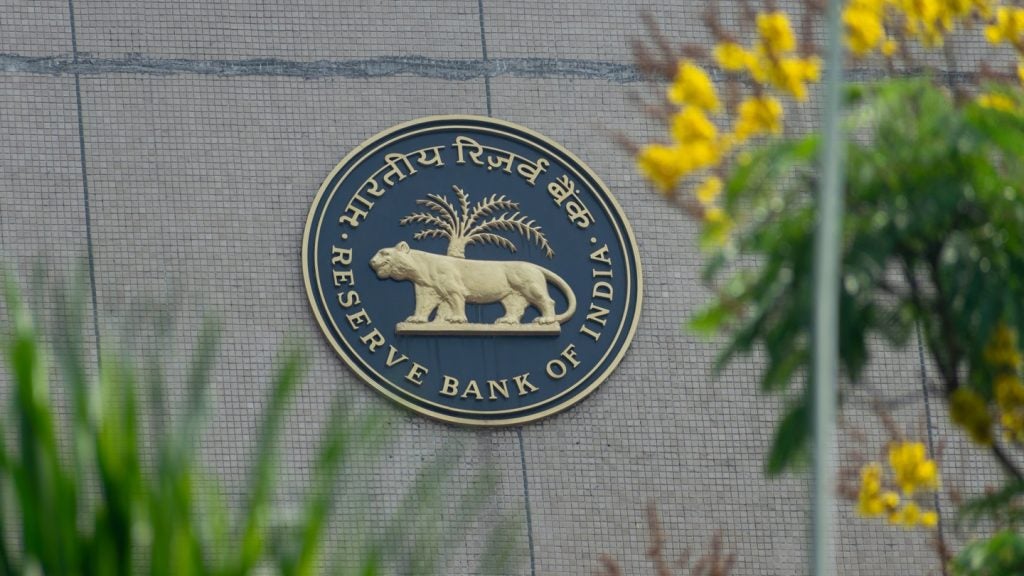In today’s challenging and ever-evolving economic climate, the financial services sector is wrestling with change on every front. Indeed, the emphatic force with which cloud and mobility have hit the sector is unprecedented. The traditional model of bank and banker used for decades, is coming to an end, writes Ed Adshead-Grant
Demand for 24/7 access to services and increased expectation for swift, efficient and secure transactions have shown many of the banking big players to be slow, cumbersome and weighted down by legacy technology and risk-profiling dogma. And while nobody has much patience for slow customer service, the internet savvy, connected generation take a seemingly zero tolerance approach.

Access deeper industry intelligence
Experience unmatched clarity with a single platform that combines unique data, AI, and human expertise.
What makes Gen Y or Millennials so compelling, is how rapidly they are driving change in business. They have created a fundamental shift in the marketplace. In the millennial world, everything and everyone’s connected and there is an expectation of immediate gratification and instant results – convenience drives these behaviours over security. This mind-set is digital and a key driver of innovation. Now more than ever, organisations must adapt their technologies to the millennial demand to keep pace or risk falling behind to competitors that embrace this new paradigm.
Evolving our systems of engagement
The move to modernise and bridge the consumer and enterprise experience requires a shift in the way traditional IT in the workplace looks, feels and operates. Traditional players find it hard to innovate on top of existing complexity. The modern systems of engagement must be mobile-friendly and follow the consumer around their daily routines. Banks have lost much of their "brand halo" in recent years post global financial crisis and the competition is fierce, opened up by online and smaller, more agile new market players. Name and heritage will not carry you forward in the modern age, customer experience has become the differentiator that will drive growth and cement loyalty from current and potential customers. Apps, websites, phone systems, marketing and payments systems need to be clear, convenient and in perfect harmony with front office delivery. So, how do businesses achieve such a feat?
Cloud is an enormous enabler of modern banking and payment services. It drives the value of hardware (mobile phones and tablets) used during a transaction and allows all behaviours and personal data to be collated, understood and analysed, which ensures business and payment providers alike can apply a relevant, bespoke service.

US Tariffs are shifting - will you react or anticipate?
Don’t let policy changes catch you off guard. Stay proactive with real-time data and expert analysis.
By GlobalDataFurthermore, cloud can spread the influence of a payment provider to the pre-payment (such as a dining recommendation, voucher or alert) and post-payment (product service, warranty subscriptions, follow ups) stages of a transaction so the provider becomes relevant in a wider context. In fact, the proposition instantly becomes very creative. For example, geo-fencing means a consumer can benefit from automated payments just by virtue of being in a club or VIP area without even reaching for their phone.
Making sense in a crowded space
The cloud payment model will enable and encourage more payments to be made and allow new entrants to build new propositions to Gen Y communities in particular. There is a real threat to the established scheme networks who have hard wired technical solutions over the years based on a physical point of sale in a merchant. This channel will become the smallest channel over time, as universal commerce evolves and the world continues to become hyper-connected.
Most people in the UK are familiar with – and utilising – contactless payments, now widespread and usable for shopping and on London transport. Currently by credit or debit cards and some smartphones, we will increasingly see devices and wearable technology play a large part in payments. One of the central launches at Mobile World Congress this year was a smartwatch with a payment app, which allowed you to pay for items across merchants, to redeem offers and to send money to friends instantly and securely. This is just one example of how brands are beginning to experiment on embedded chips to make wearable technology even more functional for consumers.
Final thoughts on future payments
Banks have been the custodians of payments for many years, with little dramatic or rapid innovation. This is now under massive change as retailers, technology companies and telecommunication players ride the technology tsunami into payments. Technology has enabled an abundance of smart tools to enhance payments and better understand customers through data collection and analytics. While business, government and consumers battle it out over what level of use of this data is appropriate, what remains certain is that payment technology is moving faster than ever and can become data-enabled to a very specific level. The consumer now has many more choices. Their experience is key and the easier it is to pay in a frictionless way, at the preferred time and place and manner of choosing, the better.
Ed Adshead-Grant is general manager at HP Cards and Payments Practice







